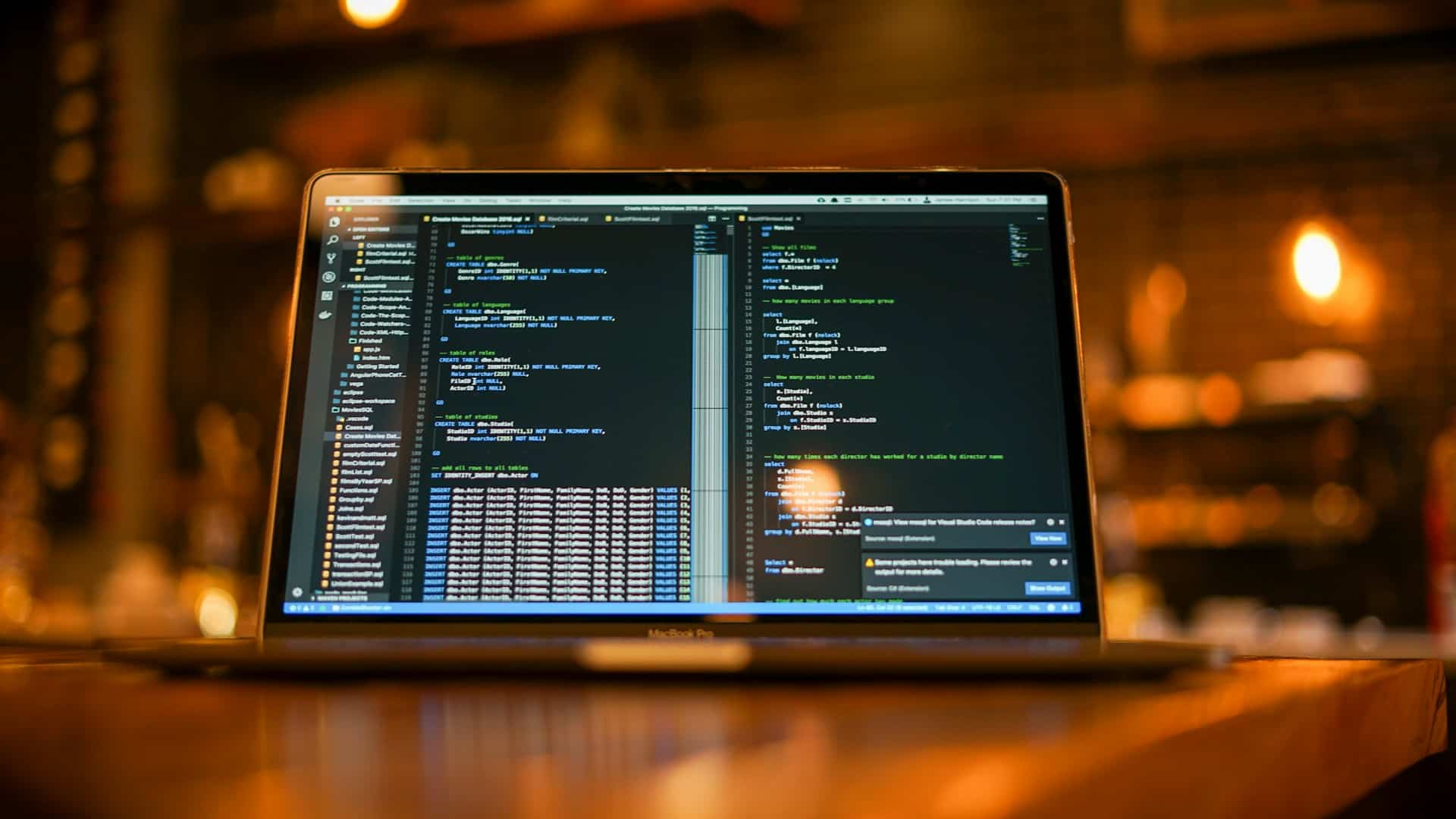In an era where cyber threats lurk at every corner, ensuring the safety of your web applications is vital. One of the most effective methods to safeguard user accounts is through a secure multi-factor authentication (MFA) system. MFA adds an extra layer of security by requiring users to provide multiple forms of verification before granting access. In this article, we will delve into the steps required to develop a secure multi-factor authentication system for web applications.
Understanding Multi-Factor Authentication (MFA)
Before diving into the development process, it’s crucial to understand multi-factor authentication (MFA) and why it is indispensable for web security. Traditional username-password combinations are increasingly vulnerable to unauthorized access, as attackers employ sophisticated methods to breach these defenses. MFA mitigates these risks by demanding additional authentication factors.
A lire en complément : Unlocking originality: how the ai detector works for you
These factors typically fall into three categories:
- Something you know: passwords, PINs.
- Something you have: hardware tokens, mobile devices.
- Something you are: biometric data like facial recognition or fingerprints.
By combining these factors, MFA significantly reduces the likelihood of unauthorized access, ensuring that only legitimate users can access the system.
Lire également : What are the key considerations for implementing GDPR compliance in cloud-based solutions?
Planning your MFA Strategy
Developing a secure MFA system starts with a well-thought-out strategy. This includes identifying the appropriate authentication methods that align with the user experience while maintaining stringent security standards. Here are the key elements to consider:
- Assess Security Needs: Evaluate the sensitivity of the data and the risk level associated with your web application. This assessment will guide you in selecting the appropriate MFA solution.
- User Convenience: Striking a balance between security and user convenience is crucial. If the MFA process is too cumbersome, users may resist adoption.
- Scalability: Ensure the MFA system can accommodate an increasing number of users without compromising on performance.
- Compliance: Adhere to industry standards and regulatory requirements to avoid compliance issues.
By laying out a comprehensive plan, you set the foundation for a robust and secure MFA system.
Selecting the Right Authentication Factors
Choosing the right authentication factors is a critical step in the development process. The factors you select should be robust enough to thwart attacks while remaining user-friendly. Here are some commonly used authentication factors:
- Passwords: Despite their vulnerabilities, passwords remain a fundamental component of MFA. Implementing strong password policies and regular updates can enhance their security.
- Time-Based One-Time Password (TOTP): This method generates a temporary code that users must enter within a specific timeframe. TOTP codes are typically sent to a user’s mobile device or email.
- Hardware Tokens: Physical devices that generate unique authentication codes. These tokens are highly secure but can be inconvenient for users to carry around.
- Biometric Authentication: Using fingerprint scans or facial recognition ensures that only the authenticated individual can access the account.
- SMS-Based Authentication: Sending a code to the user’s phone number offers a convenient way for second-factor authentication, though it may be less secure due to SIM-swapping attacks.
Selecting the right combination of these factors will provide a multi-layered defense mechanism, making it difficult for attackers to breach the system.
Implementing the MFA System
Once you have defined your strategy and selected the appropriate authentication factors, the next step is to implement the MFA system. This involves integrating the chosen authentication methods into your web application. Here’s a step-by-step guide:
- Integrate MFA Libraries or SDKs: Many third-party providers offer MFA libraries and Software Development Kits (SDKs) that can be integrated into your web application. These tools simplify the implementation process and ensure compatibility with various authentication methods.
- Develop Custom Authentication Flows: Tailor the authentication workflow to suit your application’s needs. This could involve adding MFA prompts during login, account recovery, or sensitive transactions.
- User Enrollment: Implement a straightforward process for users to enroll in MFA. This typically involves verifying their phone number or email and setting up their preferred authentication method.
- Backup Options: Provide backup options for users who may lose access to their primary authentication device. This could include alternative authentication methods or recovery codes.
- Testing and Validation: Rigorously test the MFA system to identify and rectify any vulnerabilities. This includes conducting penetration tests and simulating various attack scenarios.
By methodically integrating and testing the MFA system, you ensure that it is both secure and user-friendly.
Best Practices for Maintaining a Secure MFA System
Developing a secure MFA system is just the beginning. To maintain its effectiveness, you must adhere to best practices and continually evolve the system to counter emerging threats. Here are some recommendations:
- Regular Updates: Keep the MFA system and its components updated to protect against newly discovered vulnerabilities.
- Monitor and Audit: Regularly monitor user activity and conduct audits to detect any suspicious behavior. This helps in identifying potential breaches early on.
- Educate Users: Provide users with guidelines on secure MFA practices, such as not sharing their authentication codes and recognizing phishing attempts.
- Adaptive Authentication: Implement adaptive authentication techniques that adjust the level of security based on the risk level. For example, if a user logs in from an unusual location, the system could require additional verification.
- Passwordless Authentication: Consider adopting passwordless authentication methods, such as biometric authentication or hardware tokens, to enhance security and user convenience.
Maintaining a robust MFA system requires ongoing effort and vigilance. By following these best practices, you can ensure that your web application remains secure against evolving threats.
In conclusion, developing a secure multi-factor authentication system for web applications involves several crucial steps. From understanding the significance of MFA to planning your strategy, selecting the right authentication factors, implementing the system, and adhering to best practices, each step plays a vital role in ensuring robust security. By adopting a comprehensive and user-centric approach, you can effectively safeguard user accounts and protect sensitive data.
As cyber threats continue to evolve, the importance of authentication MFA cannot be overstated. A well-implemented MFA solution not only fortifies your defenses against unauthorized access but also enhances the overall user experience. It is a critical investment in the security and success of your web application.










